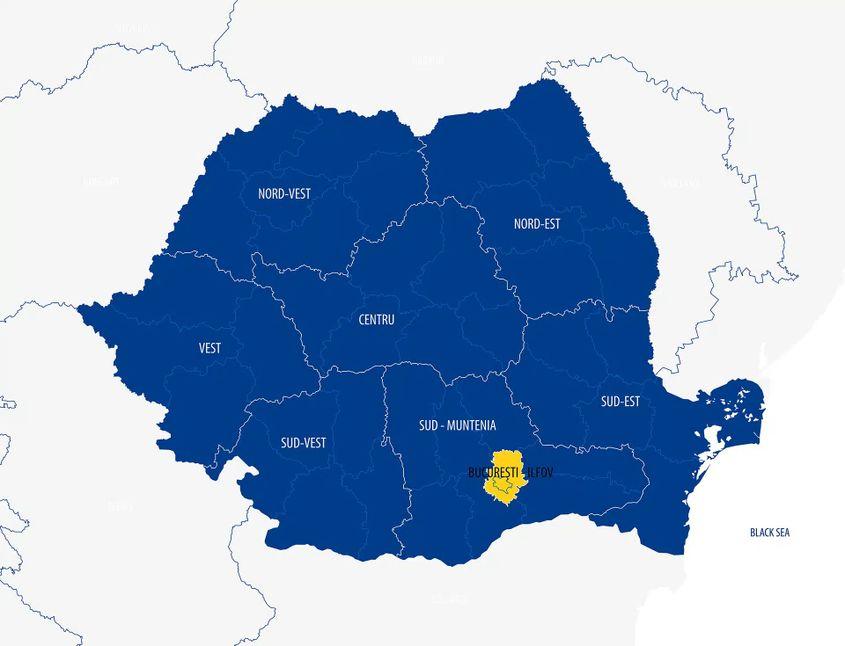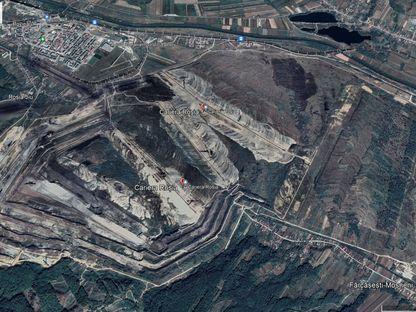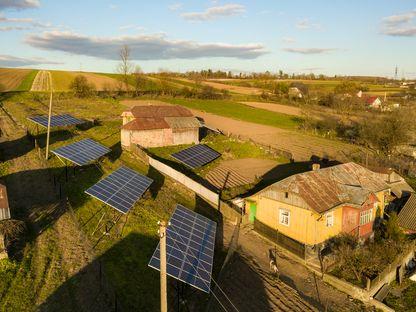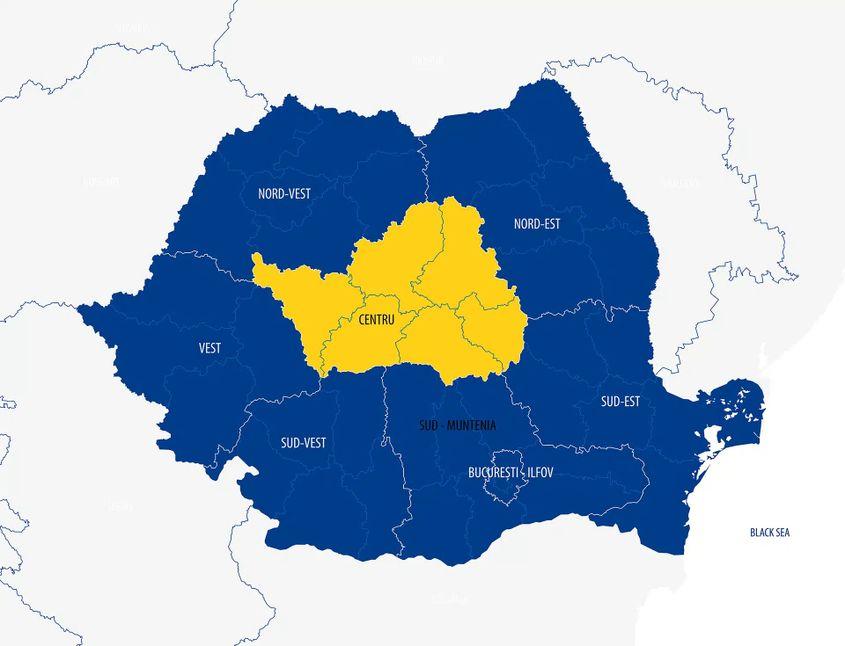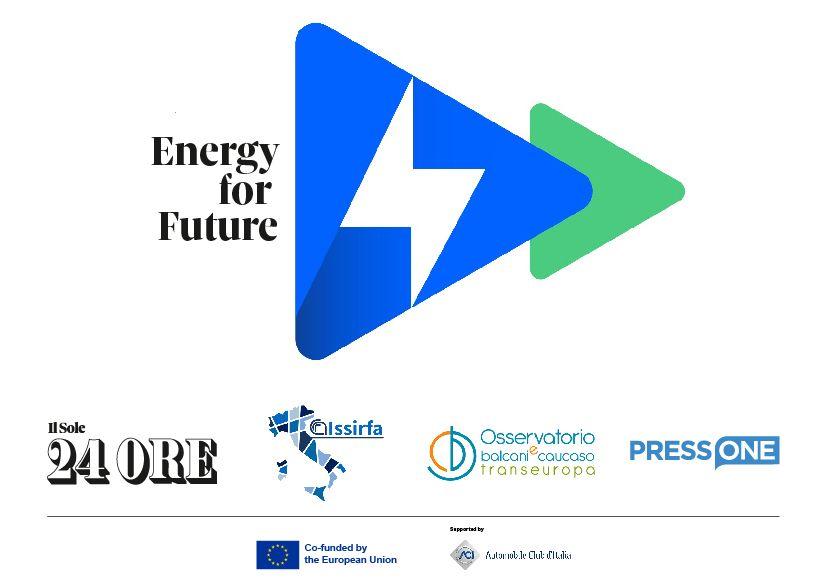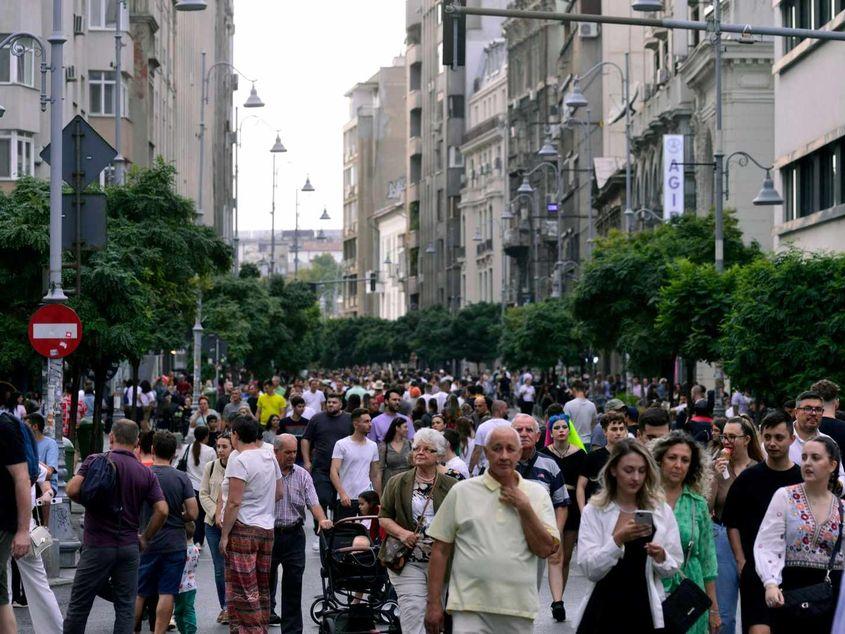
Bucharest, city center Photo: Sorin Nainer
25/09/2024
The Map of Contrasts (III). Bucharest-Ilfov, an Island of Prosperity Surrounded by Poverty
For the first time in over 17 years since Romania has benefited from cohesion funds dedicated to regional development, the funds are no longer managed by a central authority but by regional agencies.
As a result, instead of a single national regional program where all counties competed for funding, the 2021-2027 period has introduced eight regional programs, each with its own budget and investment directions tailored to the specific needs of each region.
In the final part of the series dedicated to the regional programs under the 2021-2027 European funding exercise, PressOne analyzes the operational programs of the Bucharest-Ilfov and Central Regions.
The Bucharest-Ilfov Regional Program
Total allocated budget: €1.46 billion (€586 million from the European Union, while over €870 million comes from the national budget).
Cities included in the region: Ilfov and Bucharest.
Budget breakdown by priority investment axes:
- A competitive region through innovation, digitalization, and dynamic enterprises: €374,555,000
- A digitalized region: €75,000,000
- An environmentally friendly region: €300,000,000
- A region with high mobility: €287,464,000
- An accessible region: €106,250,000
- A region with modern educational infrastructure: €171,606,000
- An attractive and inclusive region: €93,053,000
- Technical assistance: €58,499,593
The Bucharest-Ilfov region is the most developed of the eight regions, with a population of over 2.6 million. The GDP per capita, adjusted for purchasing power, stands at 177% of the European average, according to data from the ninth cohesion policy report published by the European Commission. Moreover, the region contributes to 25% of Romania's total economy.
Mulți ne citesc, puțini ne susțin. Fără ajutorul tău, nu putem continua să scriem astfel de articole. Cu doar 5 euro pe lună ne poți ajuta mai mult decât crezi și poți face diferența chiar acum!
„The Bucharest-Ilfov region has double the purchasing power of the national average and is considered one of Europe's prosperous regions, alongside areas in Germany, Belgium, and the Netherlands,” says Tana Foarfă, Executive Director of Europuls, an NGO specializing in European affairs.
According to estimates made in 2022 by the National Commission for Strategy and Prognosis, the GDP per capita in the region could reach €44,711 by 2026, but with significant disparities within the region. While the GDP in the capital could exceed €52,000, Ilfov’s GDP would not reach even half of that recorded in Bucharest.
The same report by the Forecast Commission highlights differences within the Bucharest-Ilfov region regarding average net salaries. According to estimates, the average net salary in the region could reach 7,195 lei by 2026. While the net salary in Bucharest would surpass the regional average, this would not be the case for Ilfov, where the average would remain below the regional level, at just over 5,300 lei.
„As the country's capital, Bucharest benefits from the highest connectivity, with road, rail, and air links to all parts of the country. The employment rate in Bucharest-Ilfov has risen, which is unsurprising given that the majority of businesses and companies are concentrated in the capital area,” adds Tana Foarfă.
The European Commission’s ninth cohesion policy report places the Bucharest-Ilfov region as a development "island" above the national and European averages. However, how homogeneous is this development island, given that Bucharest, for example, includes numerous marginalized urban areas, such as Ferentari or Rahova?
Coal Mining Expansion Leads to Deforestation: Over 470 Hectares of Forest Cut Down in Gorj, Romania
Over the past six years, more than 470 hectares of national forest land have been allocated by the government, without compensation, to the Oltenia Energy Complex (CEO) for the expansion or opening of new coal mines.
The not-so-green Romania. The state delays settlements for photovoltaic panels by 2 years
PressOne reviews the main dysfunctions in the production, consumption and distribution of energy from renewable sources, as revealed by discussions with consumers and data provided by official sources at the request of our editorial office.
"We cannot speak of homogeneity in any of the regions, as marginalized areas exist not only in the capital but also in other cities across Romania. A common factor we observe is that these areas often coincide with larger ethnic minority communities, so there is still work to be done everywhere, not just in the Bucharest-Ilfov region," adds the European affairs expert.
According to the most recent estimated project call schedule, for the 2021-2027 period, the Bucharest-Ilfov Regional Program is expected to launch 33 project calls across seven priority areas.
Many of these calls should already have been opened to those seeking funding. For example, according to the 2023 schedule, the project call for „Increasing energy efficiency in residential buildings,” which has a funding allocation of over €97 million, was initially set to open in July 2023. In the latest schedule, the estimated opening date for this project call has been pushed to June 10, 2024.
Un newsletter pentru cititori curioși și inteligenți.
Sunt curios
Of the 33 planned project calls listed in the most recent version of the schedule, at the time of writing this article, funding guidelines have been released for eight project calls. Some of these are dedicated to projects initiated under the 2014-2020 Regional Operational Program but were not completed during the previous financial cycle.
Here are some of the project calls for which guidelines have been released so far:
- A project dedicated to higher education infrastructure, which includes the possibility of constructing student campuses, with an available budget of nearly €40 million.
- A project call for the modernization of county roads that are part of the Trans-European Transport Network (TEN-T), with a total budget for the call of over €37 million.
- A project call dedicated to early education infrastructure, where kindergarten/nursery classrooms could be modernized, with an available budget of over €17 million.
The Central Regional Program
Total budget allocated: €1.38 billion (€1.15 billion from the European budget and €232 million from the national budget).
Counties included in the region: Alba, Brașov, Covasna, Harghita, Mureș, and Sibiu.
Budget breakdown by priority investment axes:
- A competitive region through innovation, digitalization, and dynamic enterprises: €270,578,009
- A digitalized region: €80,931,720
- An environmentally friendly region: €233,782,648
- A region with sustainable urban mobility: €233,782,648
- An accessible region: €197,683,530
- An educated region: €93,176,832
- A region with sustainable tourism: €30,899,422
- An attractive region: €185,365,684
Differences between regions
The Central Region is one of Romania’s most urbanized regions, following the Bucharest-Ilfov and Western Regions. According to the European Commission’s ninth cohesion policy report, the GDP per capita, adjusted for purchasing power in the region, is over 71% of the European average, making it the third highest in Romania after Bucharest-Ilfov and the West.
The same European report shows that in 2022, the employment rate for people aged 20 to 64 in the Central Region exceeded 67%.
Specialists consulted by PressOne suggest that the centralized approach of the regional program in previous financial exercises contributed to increasing inequalities between development regions.
"In this format, the more developed regions were favored. They benefited from a more efficient administrative apparatus, and the business environment in these regions had much more advanced competencies, better economic and performance indicators, and therefore higher chances for funding. It has been observed that the business environments in Timiș, Cluj, Brașov, and Arad are much more competitive than those in Vaslui, Botoșani, Tulcea, Teleorman, Giurgiu, and Hunedoara. The fact that these growth poles benefited from connectivity and infrastructure has led to inequalities between regions," says Tana Foarfă, Executive Director of Europuls.
The Central Region is crossed by 215 kilometers of highway, has railway lines connecting it to the rest of the country, and air transport is provided by the airports in Brașov, Târgu Mureș, and Sibiu.
Differences within the region
According to estimates by the National Commission for Strategy and Prognosis, the average GDP per capita in the region could reach €19,488 by 2026. Extremes are expected in counties like Brașov and Harghita. While the GDP per capita in Brașov could reach over €24,000 in optimistic scenarios, in Harghita, it might barely reach €15,000 by 2026.
Looking at the forecasts from the Prognosis Commission, discrepancies within the Central Region are also evident in terms of the average net salary. If the average net salary in the region could reach just over 5,000 lei by 2026, in Sibiu it might exceed the regional average by more than 700 lei, while in Harghita, the average net salary could fall short by about 700 lei compared to the regional average.
How can these differences be explained?
"We have Alba, Sibiu, and Brașov, which, from an economic perspective, have benefited from infrastructure projects that connect them, for example, to Western Europe. There is also a more developed entrepreneurial spirit in these counties compared to counties like Harghita, Covasna, or Mureș," stated Ana-Maria Icătoiu, an expert in European funds, in a previous interview with PressOne.
With the 2021-2027 financial exercise and the decentralization of the regional funding program, the funds destined for the counties in the Central Region are now managed by the Central Regional Development Agency (ADR Centru).
Currently, according to data published by ADR Centru, there is an open project call for each priority axis. For example:
- €181 million for investments aimed at urban public transport (e.g., purchasing trolleybuses, electric buses, including hydrogen fuel cell buses);
- Over €152 million for the modernization of road infrastructure;
- Over €44 million for the construction/modernization of road infrastructure to alleviate traffic congestion;
- Over €15 million for research and innovation projects targeting SMEs in the region;
- €20 million for municipalities (rural or urban) wanting to invest in digitalization;
- Over €16 million for energy efficiency measures, such as building insulation, heating system rehabilitation, or installing alternative energy sources for self-consumption.
In April 2024, the Minister of Investments and European Projects stated that the absorption rate for cohesion funds for the 2021-2027 period was 4%, covering all funding programs, not just the eight regional programs. The minister also estimated that by the end of the year, the absorption rate would reach 10%.
___
This article is published in the framework of the "Energy4Future" project co-funded by the European Union. The European Union is not responsible for the information and opinions expressed in the course of this project and article. The sole responsibility for the content lies with PressOne.
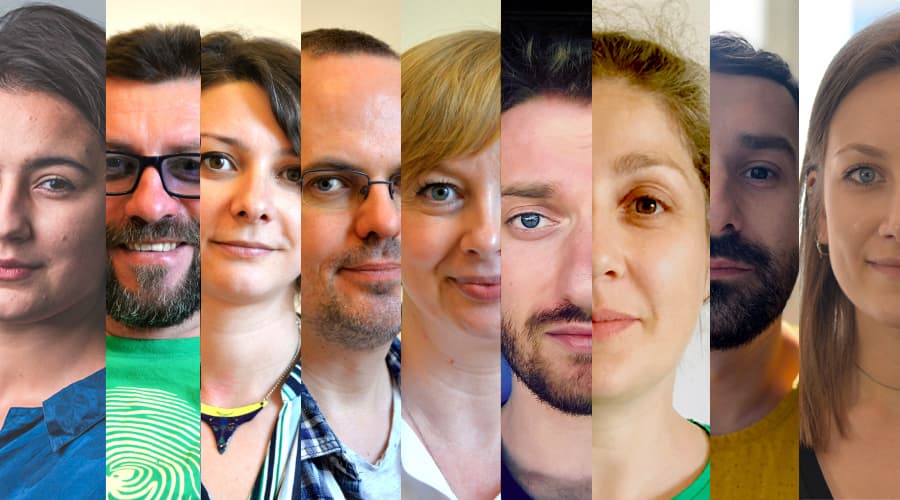
Avem nevoie de ajutorul tău!
Mulți ne citesc, puțini ne susțin. Asta e realitatea. Dar jurnalismul independent și de serviciu public nu se face cu aer, nici cu încurajări, și mai ales nici cu bani de la partide, politicieni sau industriile care creează dependență. Se face, în primul rând, cu bani de la cititori, adică de cei care sunt informați corect, cu mari eforturi, de puținii jurnaliști corecți care au mai rămas în România.
De aceea, este vital pentru noi să fim susținuți de cititorii noștri.
Dacă ne susții cu o sumă mică pe lună sau prin redirecționarea a 3.5% din impozitul tău pe venit, noi vom putea să-ți oferim în continuare jurnalism independent, onest, care merge în profunzime, să ne continuăm lupta contra corupției, plagiatelor, dezinformării, poluării, să facem reportaje imersive despre România reală și să scriem despre oamenii care o transformă în bine. Să dăm zgomotul la o parte și să-ți arătăm ce merită cu adevărat știut din ce se întâmplă în jur.
Ne poți ajuta chiar acum. Orice sumă contează, dar faptul că devii și rămâi abonat PressOne face toată diferența. Poți folosi direct caseta de mai jos sau accesa pagina Susține pentru alte modalități în care ne poți sprijini.
Vrei să ne ajuți? Orice sumă contează.
Share this


